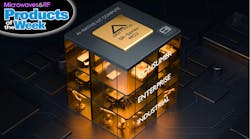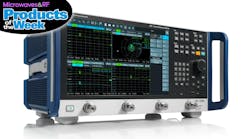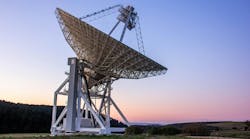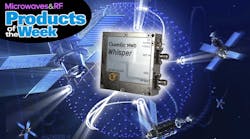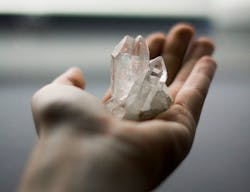Oven-controlled crystal oscillators (OCXOs) and temperature-compensated crystal oscillators (TCXOs) are often confused—and for good reason. From a layman’s perspective, both “oven-controlled” and “temperature-compensated” imply the use of heat or temperature to help control the frequency output of a crystal oscillator.
While this may be true, quite a few characteristic differences exist between OCXOs and TCXOs. In this article, we’ll discuss OCXOs and TCXOs and what makes them different from each other. We’ll also get into the common application uses for each type.
Oven-Controlled Crystal Oscillators (OCXOs)
OCXOs are used in applications that require a very high degree of frequency stability. Sometimes these oscillators may even be referred to as temperature-stabilized crystal oscillators, or simply crystal ovens. Just don’t get excited about cooking any pizzas in this type of oven.
While crystal oscillators, of which there are three main types, show a high degree of stability even when the outside temperature is varied over a significant range, some applications require even higher levels of temperature stability. In these applications, OCXOs may provide the required solution.
Quartz crystals such as these are cut to ensure that temperature stability is optimized for the OCXO’s internal operating temperature.


